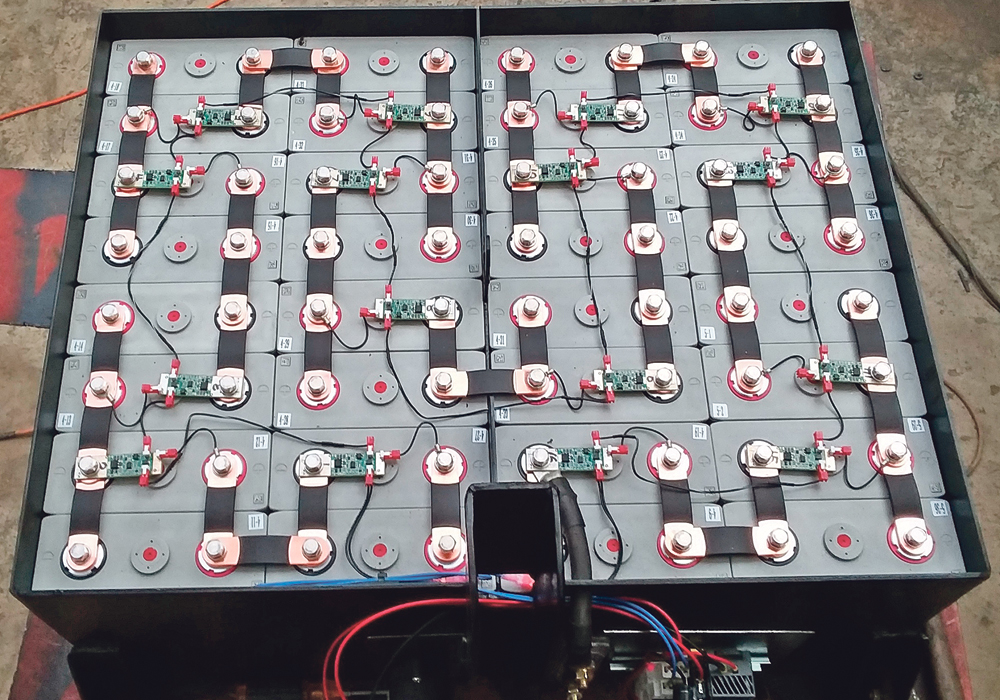The first Solectrac eUtility sold in Canada was delivered to Ontario vegetable farmer Tony Neale last August, giving him plenty of time to try the electric tractor before winter set in.
Until August, Neale had been running his WheelBarrow Farms operation with a 30 horsepower Kubota. There was nothing really wrong with the orange tractor, but Neale, like many farmers, wasn’t fond of the noise and smell. So when he heard about Steve Heckeroth and Solectrac, he took a trip to California for a closer look.
Before returning to Ontario, Neale signed up for a brand new US$40,000, 40 h.p. tractor. For the balance of 2018, he used the Kubota for some work and the Solectrac for other work.
Read Also

VIDEO: Agritechnica Day 4: Robots and more robots, Nexat loves Canada and the trouble with tariffs
Agritechnica Day 4: Robots and more robots, Nexat loves Canada and the trouble with tariffs.
“The electric tractor is new technology, so I’m not rushing to do away with my old tractor, though I use the diesel substantially less now,” Neale said in an email interview.
“I am not eager to push the new tractor to the limits. So, on very cold days and on very hot days with dusty field conditions, I’ll still use the diesel. In other words, the electric tractor will have to prove itself over several years before I’ll think about getting rid of the diesel.
“For the winter months I have it tucked away in the shipping container,” he said.
“This is not to say it couldn’t handle the Canadian winter. I really have no idea. I don’t want to be the one who figures out what the limitations of this machine are.”
Neale said he won’t buy a front-end loader, snow blower, extra battery pack or any other options until he is sure the eUtility is up to the challenge.
“The type of farming I do requires, at most, six hours of tractor work per day. As such, a full charge will get me through the day.”
Neale said he was motivated to invest in this technology for environmental reasons, but economics also played a role in his decision. The electric tractor purchase cost about the same as an equivalent diesel unit, but with no fuel costs and very little maintenance, he figures the diesel costs him 10 times as much to operate.
Solar charging was key to Neale’s plan. He installed 10 Kw of solar panels, which is enough to fully charge the tractor in about five hours. The panels feed into the grid, so they are making money for him when he’s not charging the battery pack.
As an organic grower selling produce into the Toronto market, the low carbon footprint of the solar tractor is a major marketing point for WheelBarrow Farms.
















